Airline Pilot Unions
A faint bleating alerts the Captain he has a message on his cell phone. Jamming it to his ear, his normally smiling face goes through an abrupt change a few seconds later. A The Chief Pilot wants to talk to me about a call from the Feds! In the crews exhaustion, a taxi instruction may have been botched, a speed limit exceeded or an altitude busted. But no matter the reason for the call, it still starts a nerve wracking chain reaction. These simple words can often trigger a violent rush of adrenaline and sweat, flashing a blur of scenes across the pilots mind, everything from a dark, bank vault style office stacked high with crusty old FAA types, each dangling a copy of his license from their gnarled fingers, a small lit match dancing underneath it, to a raging Chief Pilot hunched over a huge mahogany desk, spittle flying wildly as he begins a spirited deconstruction of the pilots confidence coupled with an erosion of his feeling of job security. The fear of the unknown runs rampant. What did I do? Did we really miss a crossing restriction? Is my resume updated?
While these images may be a small stretch of reality in many of today's airlines, they did indeed play out on a regular basis in decades prior. The trip to the Chief Pilots office or a call to the Tower used to have connotations of doom and punishment, a solitary walk to the airline gallows. But with the exponential growth of the airlines throughout the 20th century, and along with it the airline labor movement, these scenes have become, for the most part, a memory. A call to the carpet is no longer a death row style march alone. Representation is provided, contracts are fought to be honored, advice dispensed and often there is some form of mitigation to the discipline being meted out. Safety issues are addressed with a larger impact in no small part due to the collective voice a union provides. Issues such as alcohol or drugs are now dealt with in a more understanding manner, affording the pilot a chance to heal themselves and redeem what once would have been a trashed career. Programs partnered with the FAA, such as ASAP and FOQA, allow for a somewhat friendlier environment for a pilot when mistakes are made. Hotel problems, pilot to pilot issues, medical issues, loss of license issues and a host of other day to day headaches faced by the line pilot are handled with programs spawned from the organized labor movement. These were all made possible and staffed by a group of volunteers who are the core of the modern day union.
The strong culture of volunteering within the frame work of a union has created a viable bargaining agent that, for the most part, promotes the collective interest and safety of its membership. The regulated hours a pilot may fly, the conditions a pilot may operate in, the improvements made in aircraft and airports, and a myriad of other career enhancements were all accomplished by men and women who donated their time and effort in order to better the career and its periphery. Along with these benefits, tools for engaging management in a fair and equitable manner grew. The strength of a pilot group often dictated the treatment it received, the level of safety it operated under and the image it portrayed to the flying public. A loud, unified voice produced results that no single voice could ever hope to achieve. But today, that voice has become somewhat muted. And along with its lower volume comes a steady erosion of the hard won benefits that pilots have enjoyed for years.
Pensions, wages and work rules became some of the first victims to fall to the post 9-11 aviation era. Giving back became the mantra of management. Jobs were no longer so secure and furloughs and bankruptcies became sickeningly common place. Caught up in the battle to draw the line in the sand were the unions and their members. Support and unity were also caught up in the mix, damaged by what many saw as an unwarranted acquiescence to managements demands by union leadership. Calls to give no quarter for what many saw as a ransom for employment by management hell bent on self indulging bonuses fractured the unity of the unions membership, with others envisioning the ghosts of Eastern rising up in the gloom and seeing a point in giving back. This rocky path has slowly started to come full circle. These turbulent waters are slowly receding, with profitability returning to airlines and a fragile, budding new sense of unity slowly taking root. Giving up has gone the way of the dinosaur and taking back has become the staple cry.
Members, once content to sit idly and watch their futures be negotiated for them, are now taking an active role as volunteers. Their voices are being heard louder than ever. Programs that once languished on the sidelines are now being revived and utilized to increase awareness and information to the pilot group, spurred on by a new wave of unity. Informational picketing is taking the battle for wage and benefit restoration out to the public. Apathy is slowly fading. Volunteers are once again becoming the Captains to their own destinies, with their hands planted firmly on the wheel and their eyes on restoring dignity to the profession that we all work within. It is the next few generations of pilots who will ultimately see the fruits of this new incarnation of the labor movement. It is those young pilots who are just starting out that will become the volunteers of tomorrow, the leaders in the steep, but conquerable, path that lies ahead that will bring back the luster and shine of the professional pilot.
-
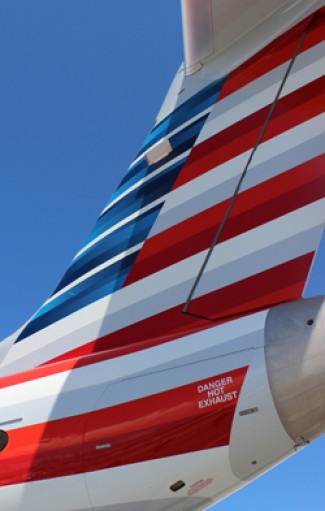
PSA Airlines 04/18/2024
-
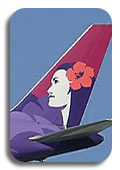
Hawaiian Airlines 04/16/2024
-
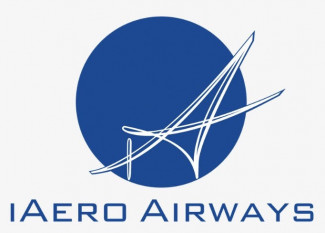
iAero Airways 04/16/2024
-
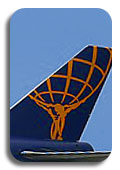
Atlas Air 04/16/2024
-
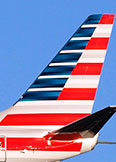
American Airlines 04/15/2024
 AIRLINE PILOT CENTRAL
AIRLINE PILOT CENTRAL